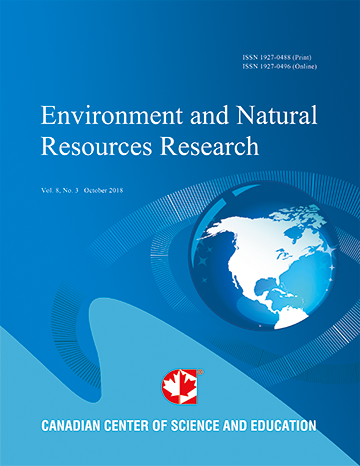Wildlife Induced Damage to Crops and Livestock Loss and how they Affect Human Attitudes in the Kwakuchinja Wildlife Corridor in Northern Tanzania
- Kwaslema Hariohay
- Eivin Røskaft
Abstract
Human-wildlife conflict is a major issue for conservationists due to crop-damage and livestock depredation by wild animals, causing local farmer’s economic loss resulting into deepening of poverty. This study assesses wildlife induced damage. A total of 250 households were randomly interviewed by the use of questionnaires in three villages (Kakoye, Minjingu and Olasiti) in the Kwakuchinja wildlife corridor, northern Tanzania. Annually loss of 383 kg of crops per household was reported in the study area, or US $ 154 per household annually. Most destruction was done by elephants. Depredations of livestock were estimated to on average 2.2 (US $ 106) livestock annually. This loss affects farmers economically as well as that they are spending time in guarding livestock from predators. Cattle were mostly attacked by lions and spotted hyenas while goats and sheep were attacked by spotted hyenas and leopards. These losses lead to retaliatory killing of carnivores. Wildlife induced damage to crops and livestock were worsened by people encroaching into the borders of protected areas and destroying wildlife habitats. Households close to the boundary of the Tarangire and Lake Manyara National Park incurred greater losses from crop and livestock depredation. There should be provision of conservation educations to communities bordering protected areas to practice sustainable agriculture and income generating projects that are conservation friendly.
- Full Text:
 PDF
PDF
- DOI:10.5539/enrr.v5n3p72
Journal Metrics
Google-based Impact Factor (2016): 6.22
h-index (November 2017): 12
i10-index (November 2017): 19
h5-index (November 2017): 11
h5-median (November 2017): 12
Index
Contact
- Emily LinEditorial Assistant
- enrr@ccsenet.org
